Photographer(s):J. Pbrown(c) None (all rights reserved)
When The Field Museum collects a specimen, it takes on a responsibility to care for that specimen in perpetuity. But time takes an inevitable toll. When paint peels, fibers fray, or pottery begins to crumble, The Field Museum's conservators come to the rescue.
Each artifact is examined, documented and treated individually, based on the materials from which it is manufactured and the culture from which it came. Conservators are careful not to remove traces of an object’s use before it came to the Museum; careful research and analytical work may be necessary to determine whether features of an artifact are original, decay products, or part of an undocumented restoration. Once treated, artifacts are stored in controlled environments to minimize further decay. Even when artifacts are on display conservators are measuring and controlling light, temperature, relative humidity and atmospheric pollutants to prolong the life of an object.
Conservators work to improve their skills and also to share their experience with those outside The Field Museum, both in the US and around the world, to provide education on current best practices for caring for objects.
Related content,People
Current Staff
Showing 12 of 85
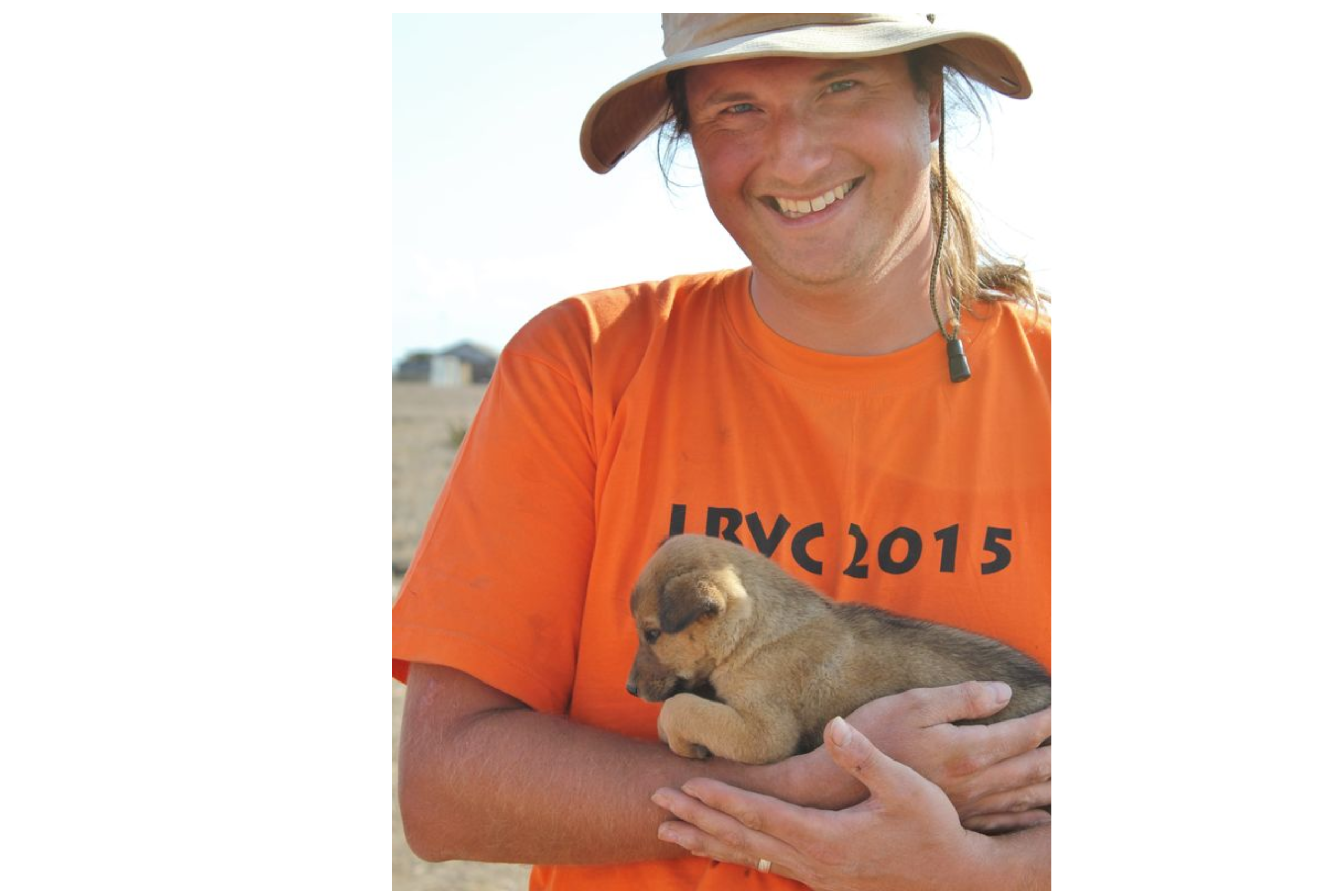 Adam FergusonCollection Manager, Mammals
Adam FergusonCollection Manager, Mammals Adrienne StroupCollections Assistant, Geol...
Adrienne StroupCollections Assistant, Geol... Akiko ShinyaChief Preparator
Akiko ShinyaChief Preparator Aliyah YoungCollections Assistant, Hist...
Aliyah YoungCollections Assistant, Hist...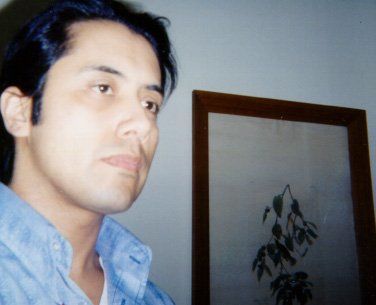 Armand EsaiLibrary Archives Manager an...
Armand EsaiLibrary Archives Manager an...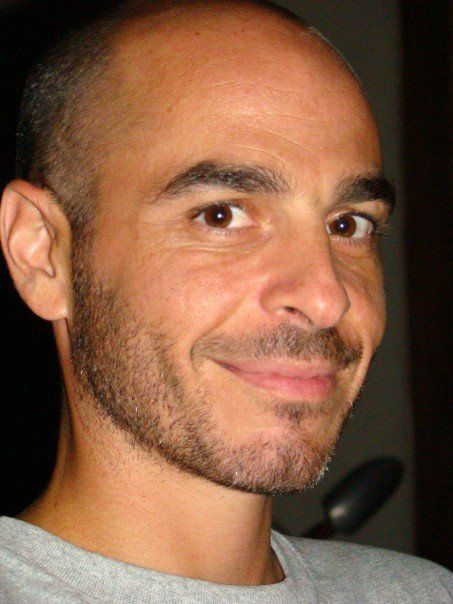 Ben MarksCollections Manager, Birds
Ben MarksCollections Manager, Birds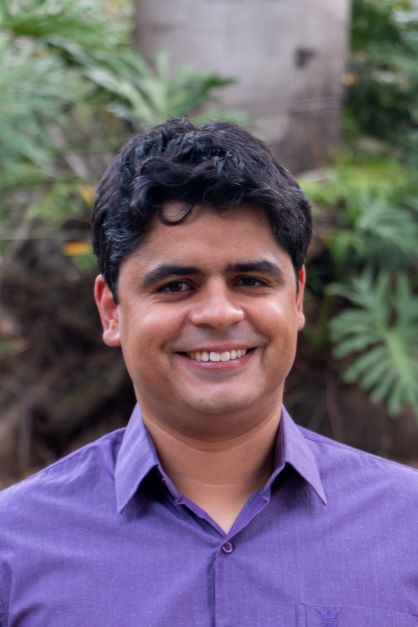 Bruno de MedeirosAssistant Curator of Insect...
Bruno de MedeirosAssistant Curator of Insect...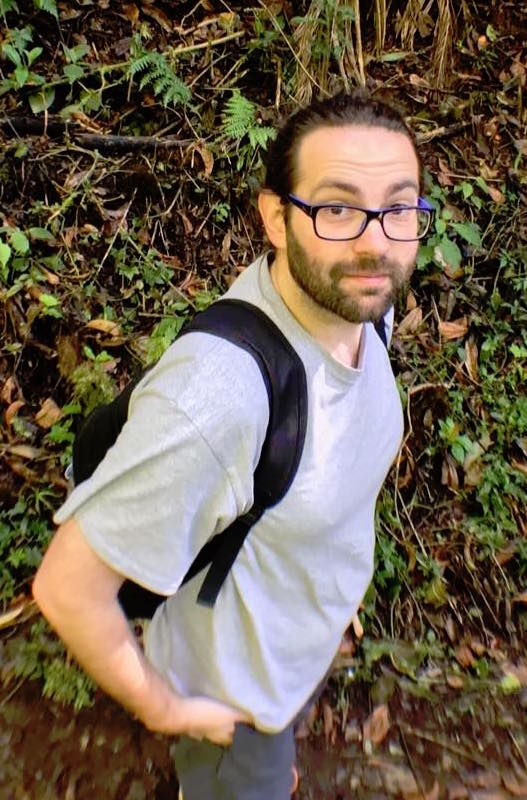 Caleb McMahanHead of Zoological Collecti...
Caleb McMahanHead of Zoological Collecti... Chad EliasonSenior Research Scientist
Chad EliasonSenior Research Scientist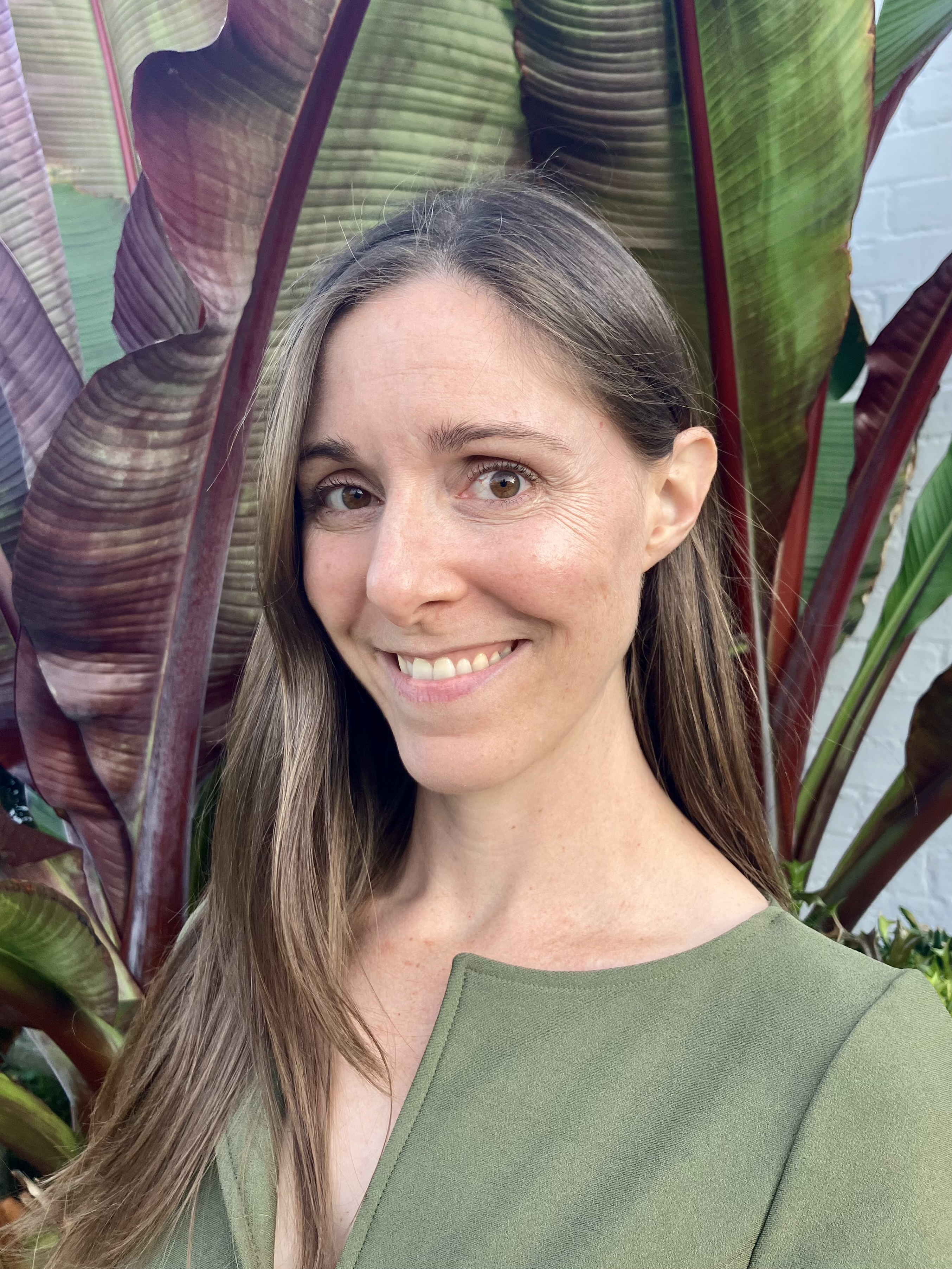 Christina FribergAssistant Curator of North ...
Christina FribergAssistant Curator of North ... Christina ThompsonCollections Assistant, Anth...
Christina ThompsonCollections Assistant, Anth... Christopher PhilippCollecions Manager, African...
Christopher PhilippCollecions Manager, African...
Former Staff and Collaborators
Showing 12 of 17
| Ian Glasspool | Adjunct Curator |
| Deborah Bekken | Adjunct Curator |
| Margaret Thayer | Curator Emeritus |
| Olivier Rieppel | Curator Emeritus |
| Bruce Patterson | Curator Emeritus |
| Alfred Newton | Curator Emeritus |
| Robert Martin | Curator Emeritus |
| Scott Lidgard | Curator Emeritus |
| Lance Grande | Curator Emeritus |
| John Engel | Curator Emeritus |
| Alaka Wali | Curator Emeritus |
| John Terrell | Curator Emeritus |